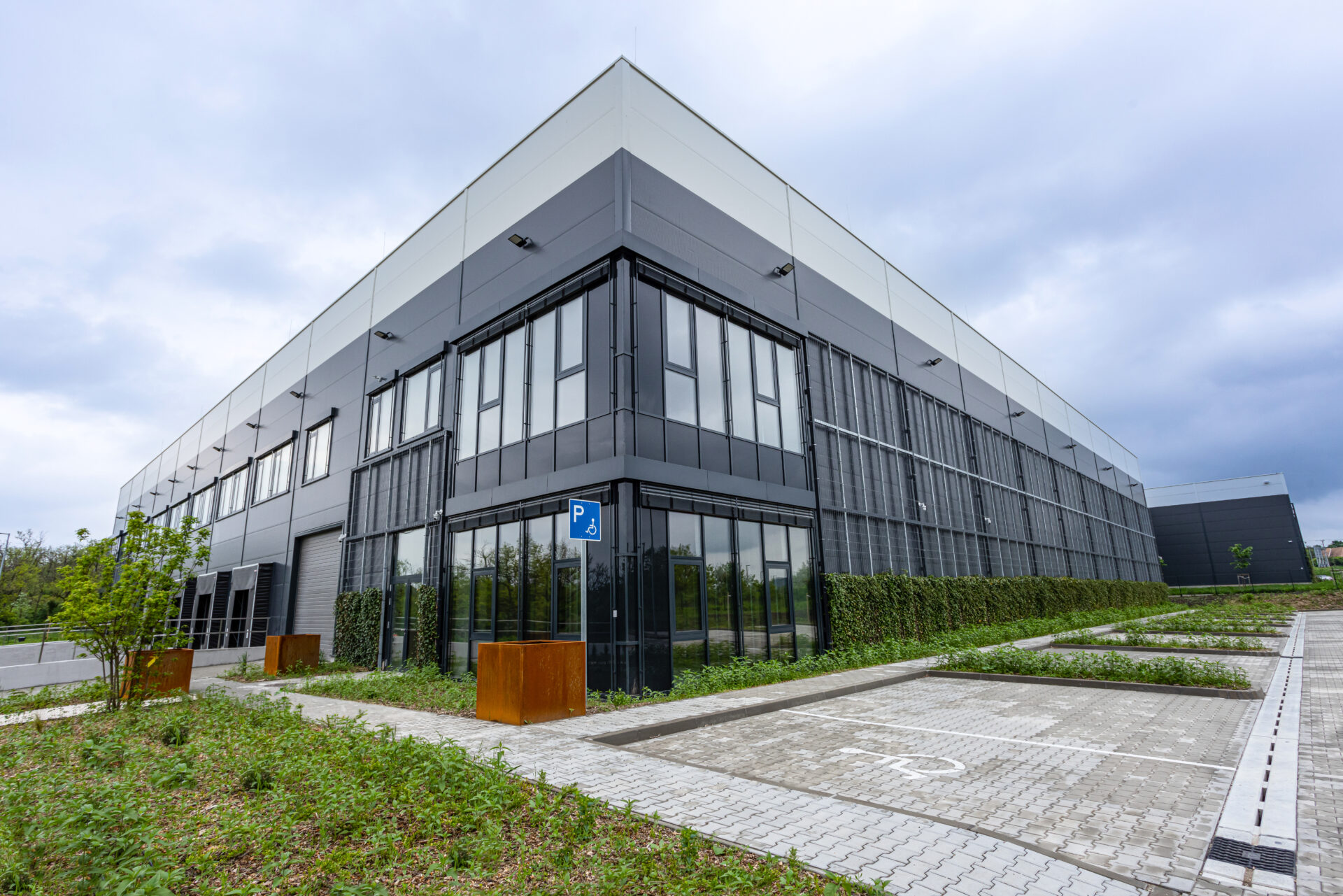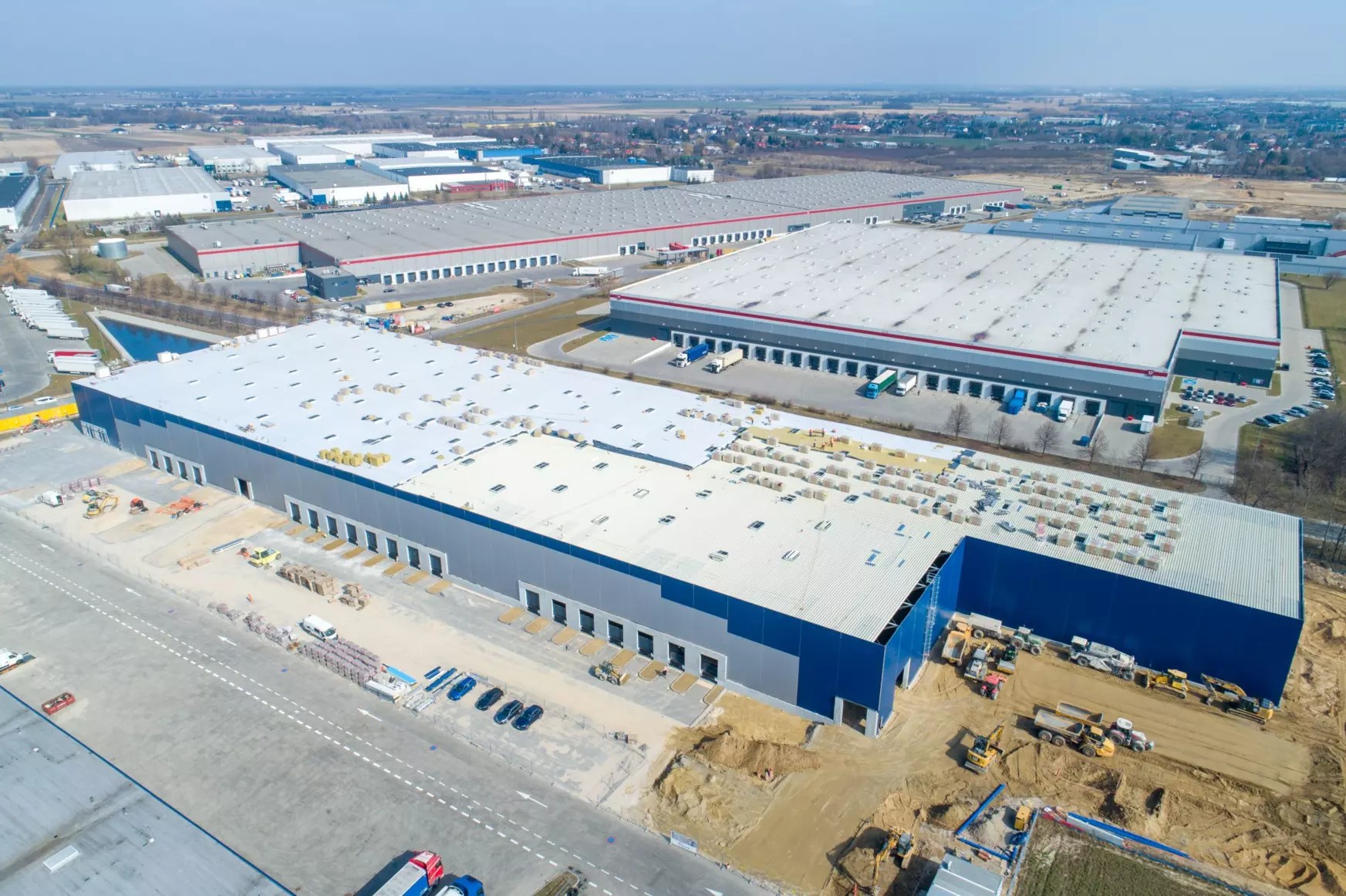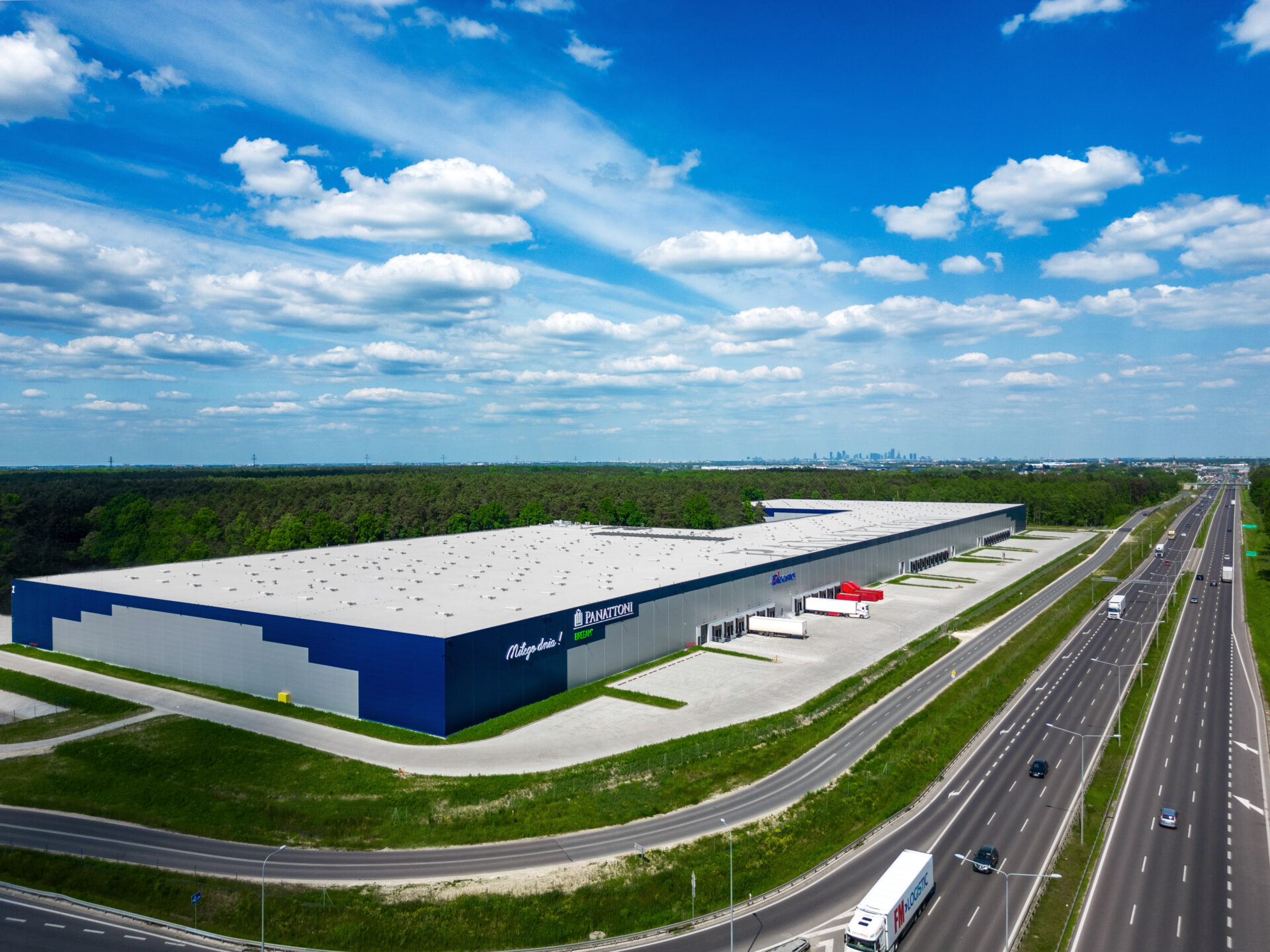The balance between construction costs, return on investment and rental costs, which has developed in Poland in recent years and is the foundation for the functioning of the commercial real estate industry, has been disturbed in recent months. Dynamic cost changes and extended construction time, high-interest rates on domestic bonds are just a few selected factors influencing the inevitable increase in rents. The report by BNP Paribas Real Estate Poland also shows that the persistently high demand, dynamic development of e-commerce in logistics, and the trend of shortening supply chains are key elements that allow for optimistic forecasts for the further development of the sector.
In the first quarter of the year, the total stock of warehouse, production, and logistics space, including offices forming part of the facilities, exceeded 25 million sqm. The list of major deliveries includes the Hillwood Bydgoszcz logistics centre (104,000 sqm), the next phase of one of the largest logistic parks in Western Poland – P3 Poznań II (82,000 sqm) and Hillwood Stryków II (73,000 sqm) – a BTS facility prepared for Oponeo.
When analysing the first quarter from the developers’ perspective, it was one of the most active periods in the sector’s history. At the construction sites, works were being conducted at 4.8 million sqm of new warehouses, which is almost twice as much as in the corresponding period of 2021. The BNP Paribas Real Estate experts point out that between January and the end of March a number of new projects were launched, the largest and most significant of which are: Panattoni Park Zgierz (155,000 sqm), Panattoni BTS Zalando Bydgoszcz with an area of 146,000 sqm, a new Hillwood complex near Łowicz, which encompasses 112,000 sqm across two buildings, as well as the fastest-growing destination of the entire MLP Group – the MLP Poznań West complex, where three new facilities will be delivered (102,000 sqm).
According to the latest report, the vacancy rate is decreasing currently at a record low level of 3.3 percent, whereas it amounted to 3.9 percent at the end of 2021.
“The strong market condition is confirmed by continued high gross demand on the tenants’ side, which reached almost 1.5 million sqm in the analysed period. This result is close to the one achieved in Q1 of the previous year. The inertia that we are currently noticing in the market, means that its reaction to what is happening in the economy will be to some extent delayed. On the horizon, there are piling up: obstacles in crediting new projects, the effects of the Covid wave in China, or the mounting problems with access to raw materials, especially those imported from Ukraine or Russia,” says Tomasz Arent, Head of industrial and Logistics Department, BNP Paribas Real Estate Poland.
In the coming months, rising commodity prices and accessibility problems will stipulate the market cool down. Another important factor hindering supply is the outflow of workers from Ukraine, who are an important link not only in the transport and logistics sector but also in the construction one. The lack of sufficient manpower will directly translate into a longer investment execution period, and in some cases, it may mean significant delays in the delivery of already contracted spaces. These will be the new challenges for an accelerated market for logistic and warehousing space, but, as the authors of the report indicate, they will not cause the market to disappear from investors’ radars. On the contrary, the BNP Paribas Real Estate Poland experts state that the ‘wait-and-see strategy’ adopted in the investment market for the large scale products lays the ground for further, highly intensive development of the sector.
The market condition will also be affected by another Covid wave in China. The fact that the coronavirus in logistics is not over can be seen in the serious problems of the entire transport and logistics industry. The Chinese lockdown blocking its factories and ports is not only causing delays in transport but often results in absolute unpredictability regarding production and transport time.
The authors of the report draw attention to other factors that shape the market picture in the first quarter. These include the growing trend towards energy efficiency and the implementation of definitive solutions pursuant to ESG (Environmental, social, and corporate governance) principles, as well as the continued growth of the e-commerce sector as a whole. Growing online sales and new consumer expectations are becoming a field for the development of new urban warehouses or warehouses that handle goods’ returns.
According to the report, the domestic market, despite rising rent rates and rising labour costs, remains significantly competitive with other markets in Western European countries.







